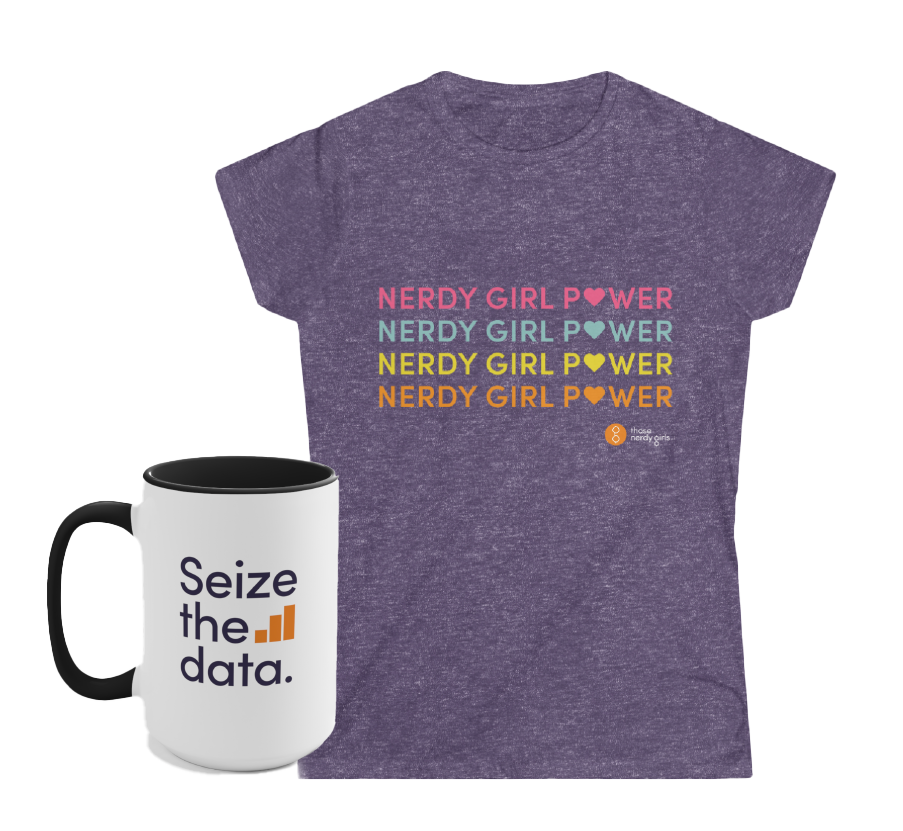A: Imagine that you develop a serious allergy to bee stings. Your doctor tells you that if you get stung by a bee again, you might die unless you receive medication within minutes. You are planning to go on a hike.
Do you ask a bunch of questions about the likelihood of there being bees and the probability of dying and the rate of recovery for people who have bee sting allergy? Or do you simply take your Epipen?
Obviously, you take your Epipen. The unlikely outcome is much, much worse than what will *probably* happen–that you will not get stung at all. In fact, we’re betting that you don’t even bother thinking about how likely it is that you’ll get stung. You just take preventive measures for the worst scenario.
Of all the hundreds (and hundreds) of questions we have received since Dear Pandemic launched, questions about the risk profile of particular situations have been the most frequently asked and the hardest to answer. These questions are often very specific, have a lot of details AND a lot of unknowns, and either start with “how safe is…” or end in “…is it safe?”
These risk assessments are difficult because no one can know how risky any given situation is. And because there are a lot of things to think about all at once. And because our brains hate probabilities.
Here’s an example: “I’m 55 and healthy, but my partner is high-risk. We’ve both been pretty careful, but our sister’s kids are coming to thanksgiving and her kids are at school in-person. We plan to be outside, but it will be a sit-down meal with 16 people at one table. Is it safe?”
This is just a lot to parse. It’s really several questions folded into one–about individual risks, the risk that someone might be bringing COVID to Thanksgiving, how those risks might change due to the particulars of the table arrangement, etc. It’s maddening to try to hold it all at once. We get it.
We cannot assess the risks of every single situation–no one can. But we can offer you a shortcut to figuring out how comfortable you are and what you can do to reduce your risk: ask yourself what the worst outcome is, and do what you can to guard against that–no matter how unlikely the worst outcome may be.
Apply the Epipen example. Don’t bother trying to pin down the odds that someone at your activity will have COVID, or the odds that if you get COVID, you’ll end up really sick.
Just assume the worst outcomes are one possibility (because they certainly are), and act accordingly. Once you’ve made those assumptions, things may become much more clear.
1️⃣ Ignore how likely it is that someone at your event will have COVID, and just assume they will. You probably won’t know the COVID status of every person there every day, so there’s really no point in guessing at it, and assuming they won’t ignores some real risks.
2️⃣ Ignore the likelihood that you or someone you love may end up being just fine when you get COVID. You probably will be. But you can’t know that in advance. So assume that if someone gets COVID at this event, it will be very, very serious.
3️⃣ Now that you are assuming someone will have COVID at your activity and that someone will be hospitalized or die if they get it at this activity, what can you do to reduce the risk of the worst outcome? That’s the only variable in your control, so control it!
Strategies to reduce your risk include:
– Just say “no thank you” to events that aren’t essential
– keeping your physical distance
– wearing a mask and insisting that other people wear a mask when you can
– staying outdoors or opening a window
– limit your interactions to a small group of people
– keep your interactions brief.
Sound familiar? Stay safe, stay sane, and stay SMART!
As the late poet Maya Angelou put it, we are “hoping for the best, preparing for the worst, and unsurprised by anything in between.”


